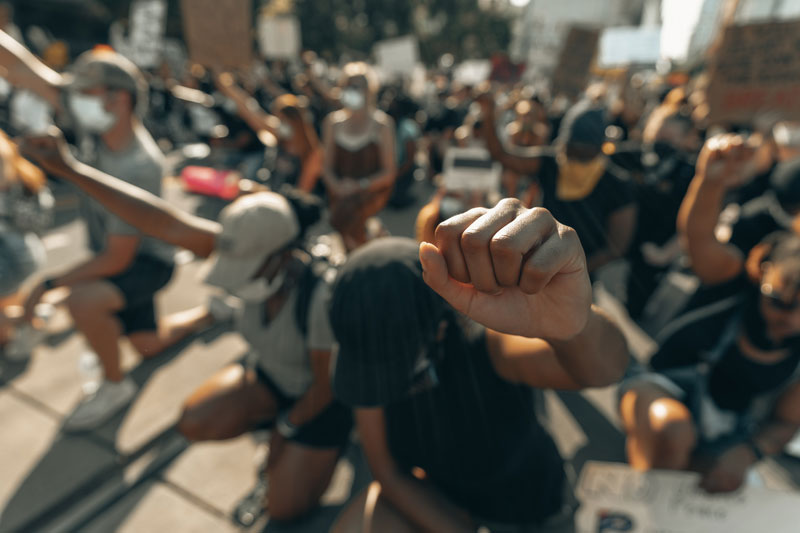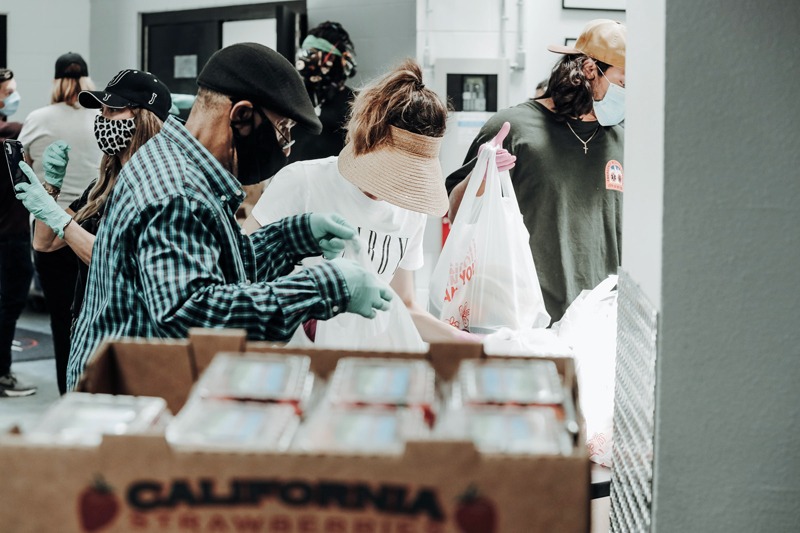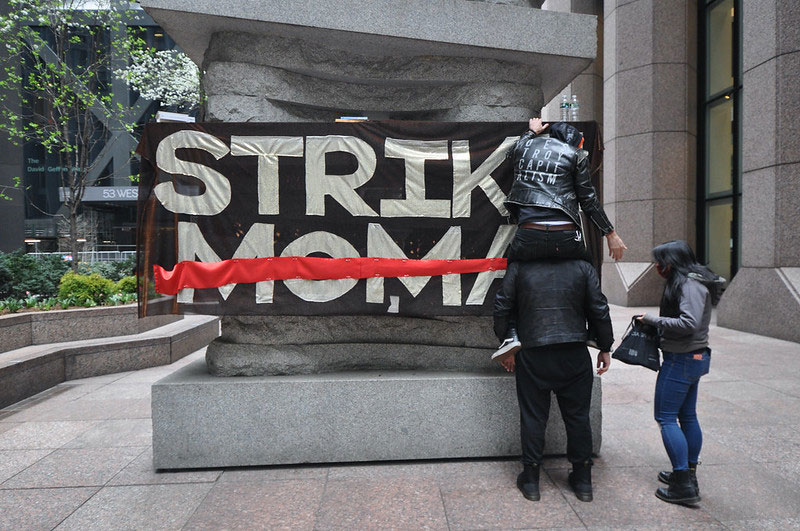August 24, 2010; Source: Fundraising Success | A recent study entitled “Heart of the Donor” by Grey Matters Research and Consulting asserts that older donors give higher dollar amounts. While some of us may have assumed as much, it is always good to have such stuff confirmed. Apparently, donors over 70 give three times as much as those who are 18–24. The study asserts that for higher-dollar gifts, you generally may wish to target baby-boomers and above while not ignoring the younger set. Okay, pretty obvious stuff.
There are also interesting observations regarding the giving patterns to Haiti. From this article, “Thirty-eight percent of Americans gave to help Haiti. Fifty-two percent of active donors—those who regularly give to nonprofits—donated. Very surprisingly, nearly 30 percent of Haiti donors said they did not support any nonprofits in the last year, including 16 percent of fairly determined nondonors. Asians (59 percent) and people not born in the U.S. (59 percent) were most likely to give to Haiti, followed by Latinos (53 percent) and African-Americans (51 percent). Four out of 10 donors said that if they had not given to the Haiti disaster, the money would have gone elsewhere. Still, 58 percent of donors believe that what they gave to Haiti was unique—it was over and above what they normally give. Haiti was a first-time giving impulse for 6.7 million people–3 percent of all Americans. Haiti donations saw massive channel donation differences, with “text-to-give” making a large impact. While 32 percent of donors said they gave to nonprofits working in Haiti through places of worship, another 22 percent gave online, and 19 percent through texting. Ninety percent of text donors claim they would have donated through another channel had texting not been provided.”
Sign up for our free newsletters
Subscribe to NPQ's newsletters to have our top stories delivered directly to your inbox.
By signing up, you agree to our privacy policy and terms of use, and to receive messages from NPQ and our partners.
Interesting stuff. We were less impressed with some of the other findings, at least as they have been reported, but we will take the time to read the study more thoroughly in the next few days and give you a heads up on other items of interest. –Ruth McCambridge













